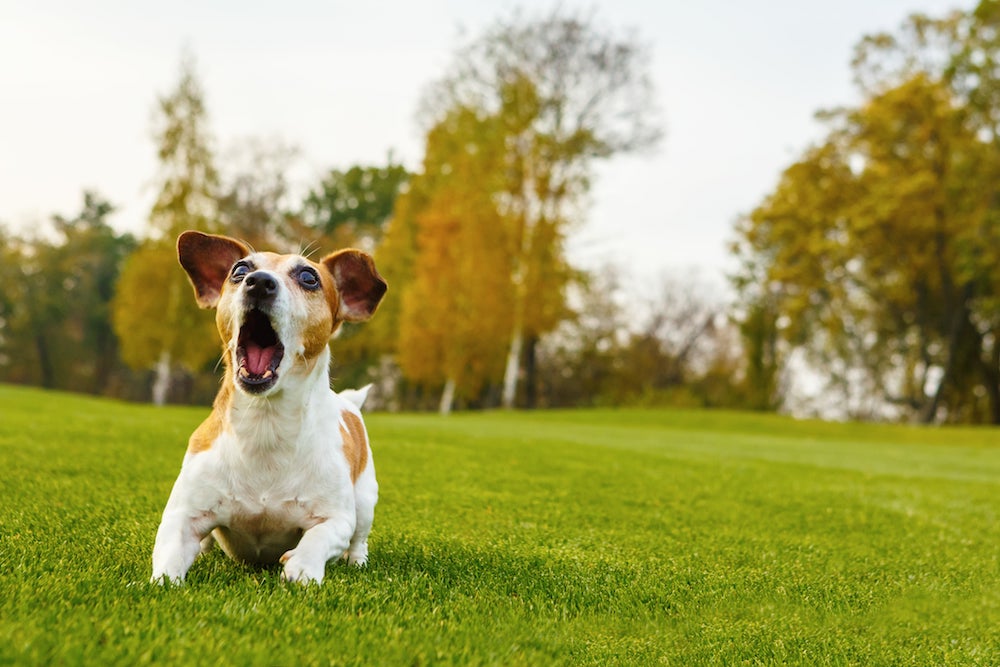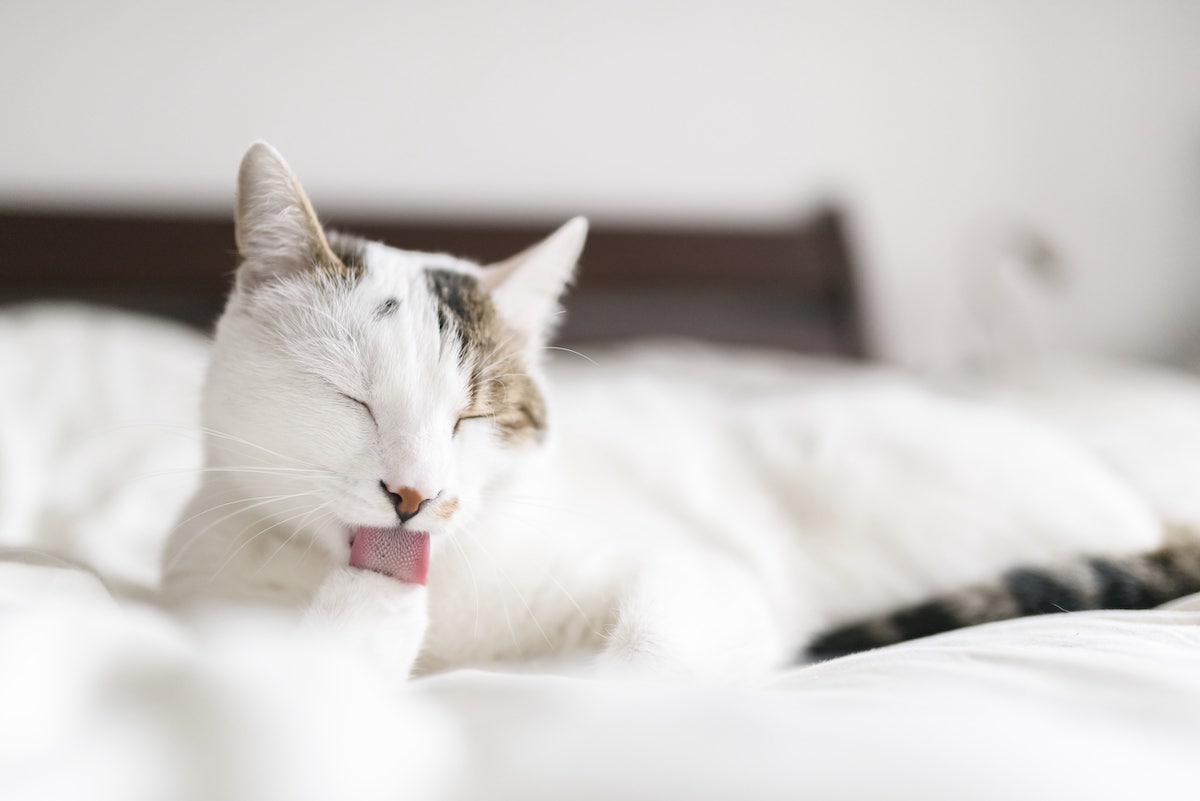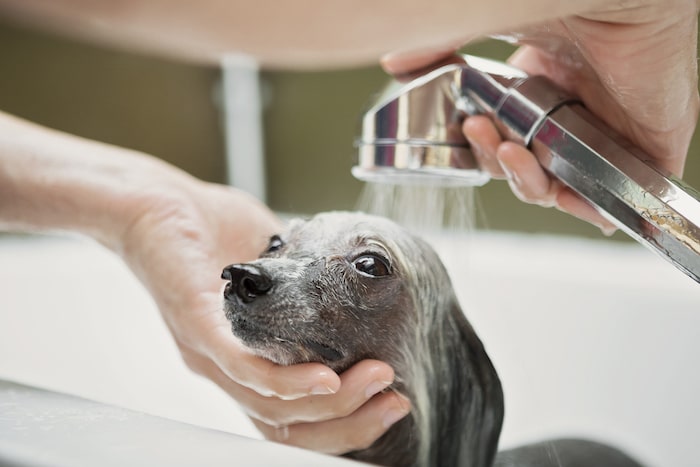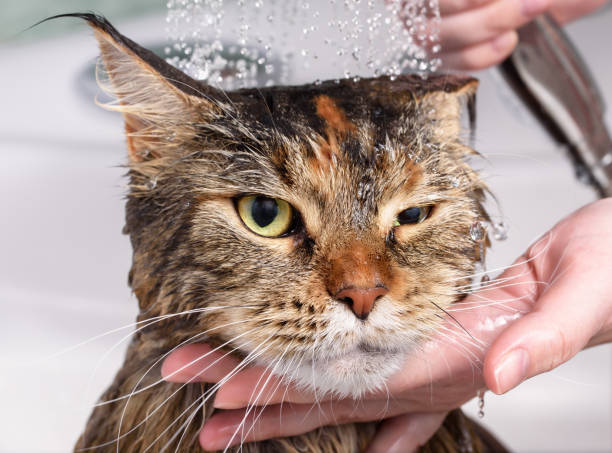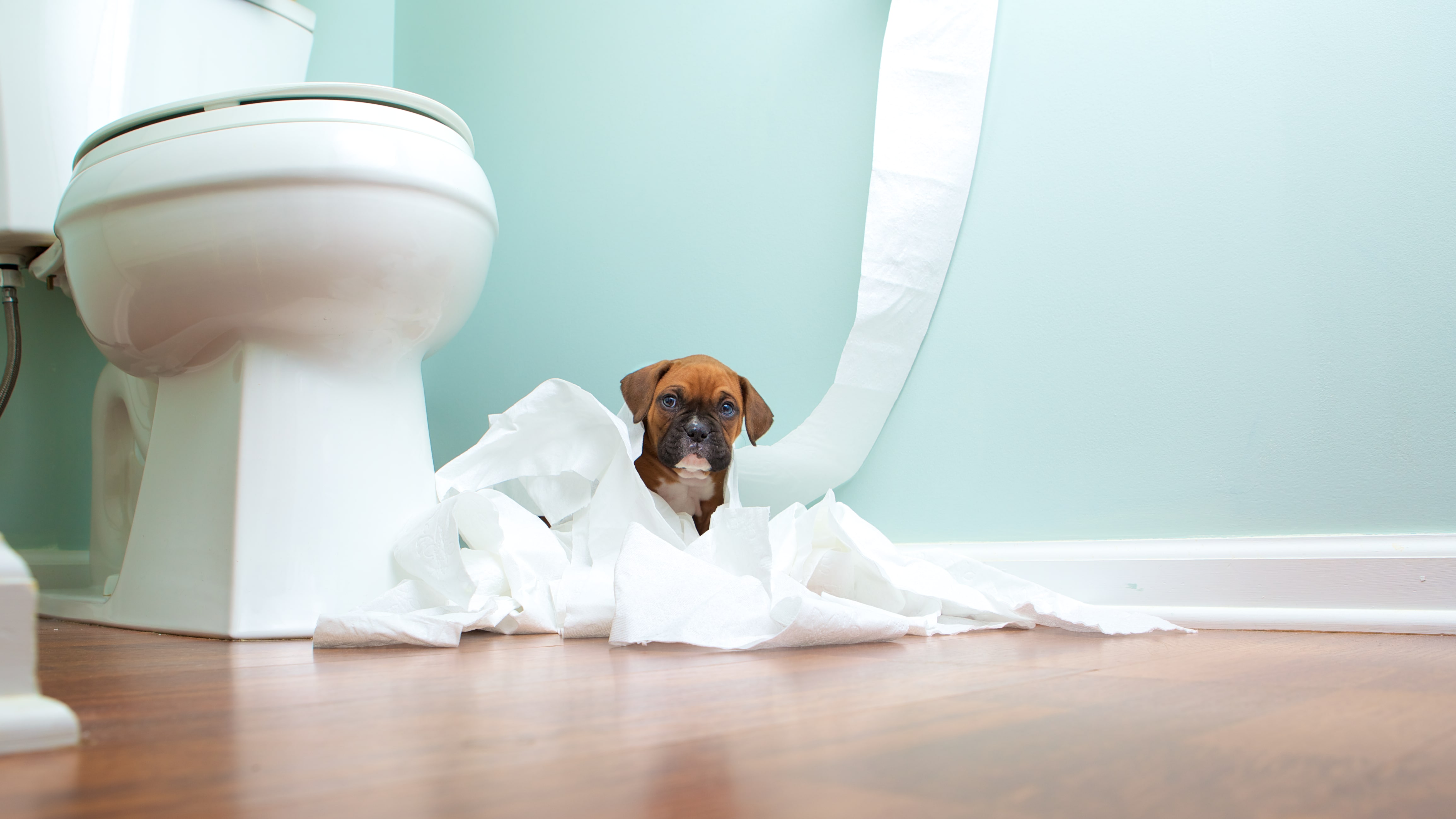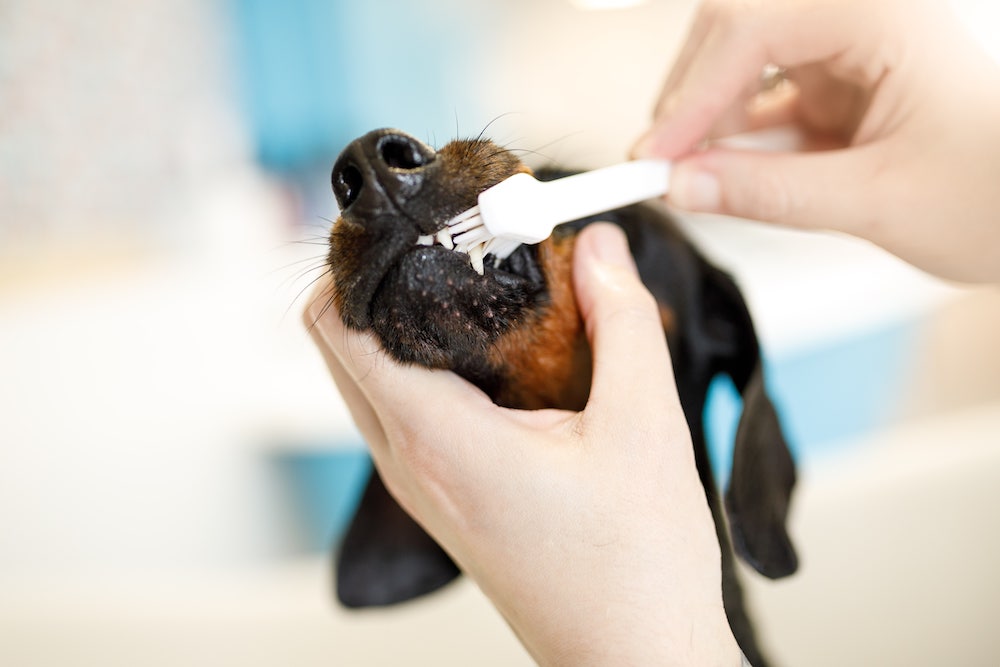
How to Brush Your Dog’s Teeth
by Jane Meggitt - 5/31/19
You know the importance of good dental health. Odds are you brush and floss your teeth at least twice daily, and visit your dentist twice annually. Good dental care is equally important for your dog. Daily dental care can stave off periodontal disease by reducing plaque formation. Not only can daily brushing prevent tooth loss, but bacterial reduction may also save your pet from heart disease and systemic infections. Plus, your dog’s breath will smell better!
How Many Teeth Does a Dog Have?
The number of teeth your dog has depends on his age. Puppies sport 28 “milk teeth,” those sharp little nippers wreaking havoc on your hands during playtime. There’s a reason these deciduous teeth are so sharp. Because their jaws aren’t as strong as those of an adult dog, the extra sharp milk teeth help a puppy chew. These baby teeth eventually fall out, and a total of 42 permanent teeth come in by the time a dog celebrates his first birthday.
Canine Teeth
An adult dog has four specific types of teeth. There are 12 incisors, the smaller teeth at the front of the mouth. The dog uses the incisors for tearing meat off bone. The four canines, or fangs, are the sharp, pointy teeth allow dogs to hold on to items tightly. Behind the canines on the top and bottom of the jaw are the 16 premolars, which can shear food or other objects. Dogs have ten molars, divided between four on the top of the mouth and six on the bottom. Molars aid in chewing and grinding.
Keep in mind that every dog has 42 teeth, regardless of breed. Toy breeds are especially prone to dental problems because those 42 teeth are stuffed into tiny mouths. While regular brushing is important for any dog, it’s especially critical for small canines.
Getting Started with Brushing
First, purchase a toothbrush and toothpaste designed for canines. Dog toothpaste comes in yummy flavors like chicken. Your vet can recommend the best type of brush and toothpaste for your pet. Start by getting your dog accustomed to having his mouth touched. Once he’s comfortable with your gently touching and probing his mouth with your fingers, you can start brushing his teeth.
After placing the toothpaste on the toothbrush, hold the toothbrush at a 45-degree angle and slowly brush the teeth with a circular motion. The brushing shouldn’t take long – roughly 30 seconds on each side of your pet’s mouth is enough. At first, you may only prove able to brush a few teeth at a time, but as your dog gets used to brushing, he should relax and allow you to clean his entire mouth.
Another benefit to daily tooth brushing is that you soon become familiar with your dog’s mouth. You’ll notice any issues, such as loose teeth or inflammation, much faster than if you weren’t conducting a daily brushing. That may save your dog a lot of pain if you can have your vet address these issues before they become serious.
Tooth Brushing Alternatives
There are some dogs who will not cooperate with teeth brushing. These are usually adult dogs who were not introduced to the practice as puppies. While you should remain patient with dogs who don’t like having their teeth brushed, you also don’t want to risk getting bitten. For these dogs, consider using tooth wipes. Dogs that resist tooth brushing may acquiesce when it comes to these gentle wipes. The downside of wipes is that you can’t get into all of the mouth crevices, but tooth wipes are a better alternative than not brushing your dog’s teeth at all or relying solely on dental treats and chews. The latter are good for canine teeth, but aren’t a substitute for a thorough daily cleaning. For animals with tooth problems, veterinary dental diets are available.
Veterinary Cleaning
Your vet will offer professional dental cleaning. An annual or semi-annual cleaning is advisable if you can’t brush your dog’s teeth, or if your dog has dental issues. Your vet will also check to see if your dog has periodontal problems and be able to guide you through any necessary home-care routines or next steps.
A graduate of New York University, Jane Meggitt’s work has appeared in dozens of publications, including USA Today, The Alternative Daily, nj.com, The Happy Cat Site and The Nest Pets.
References


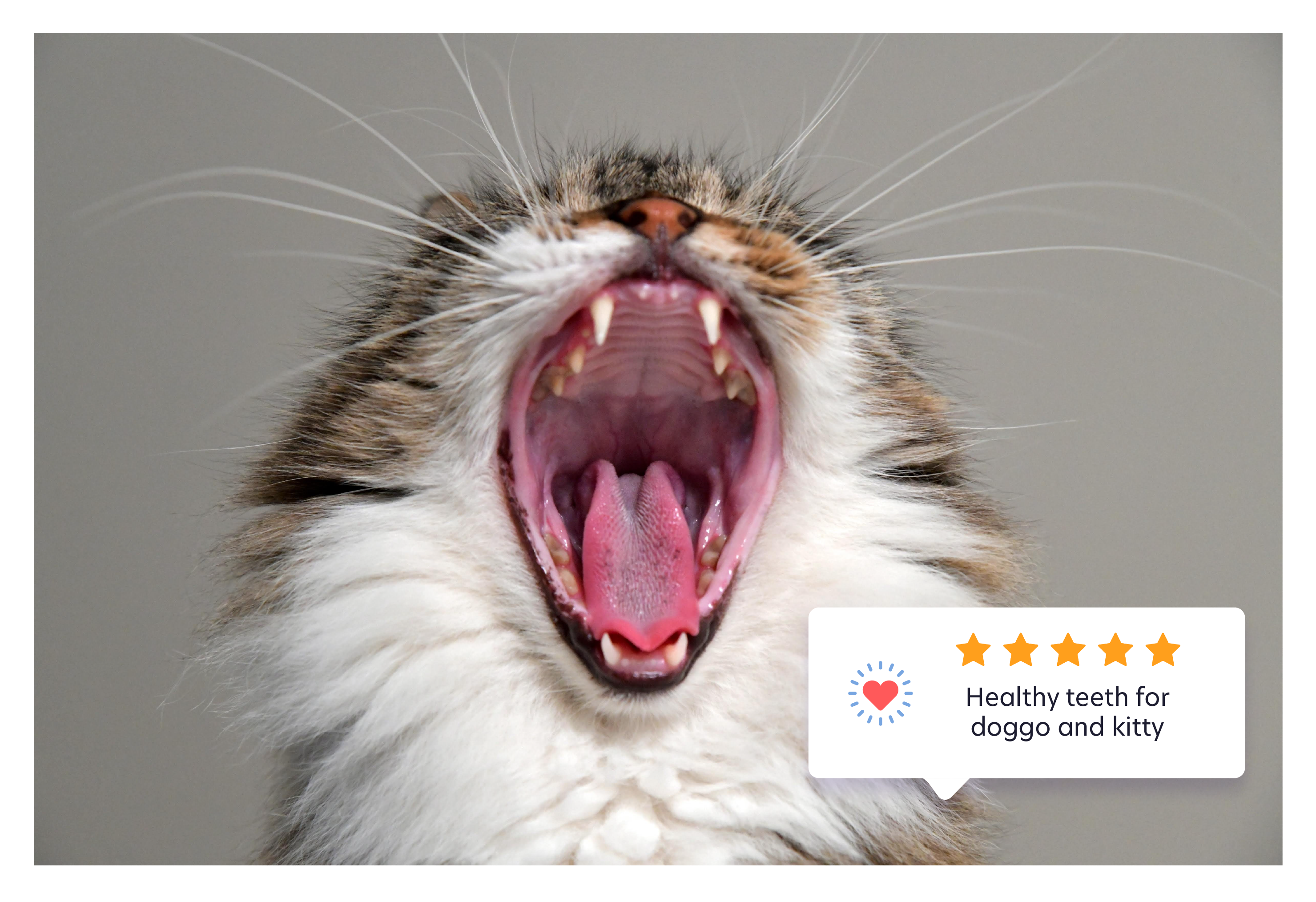

.jpg)

.jpg)

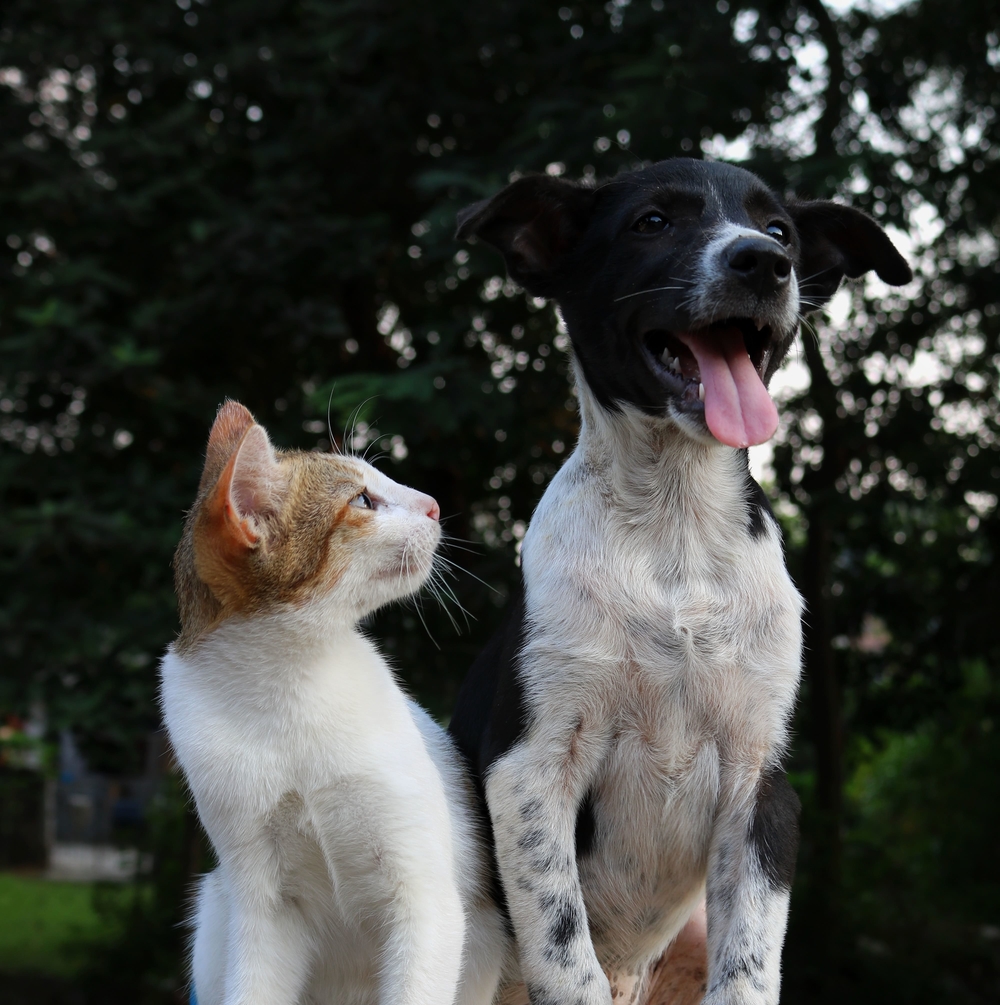

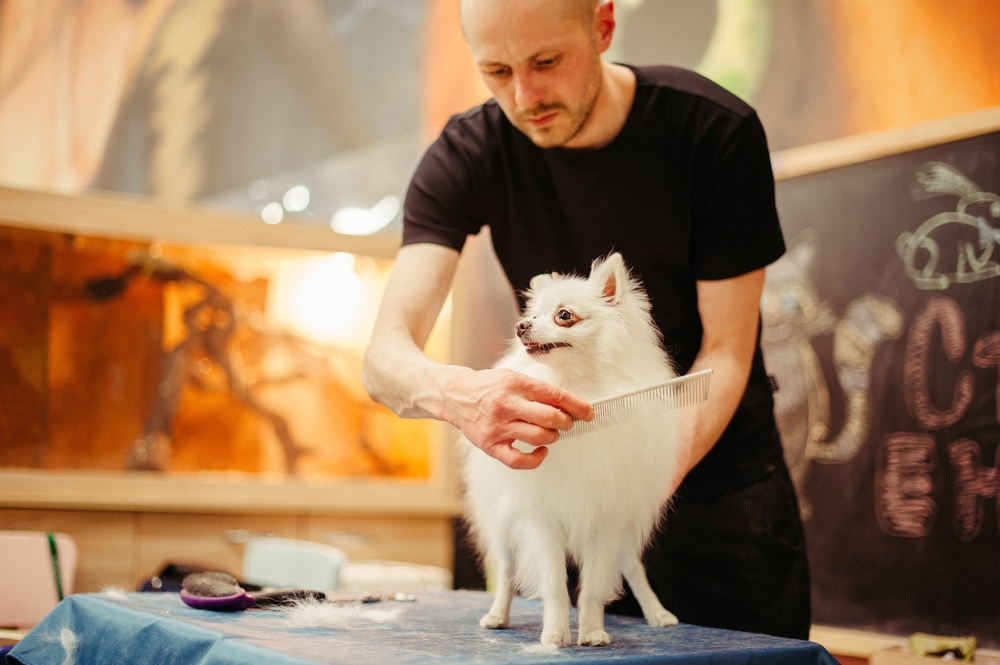
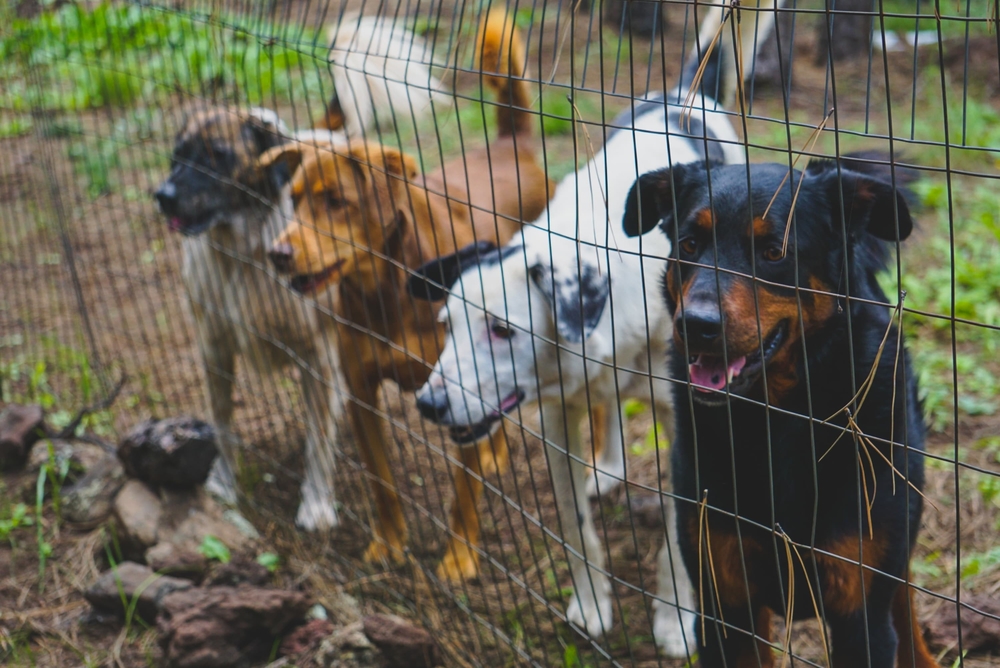











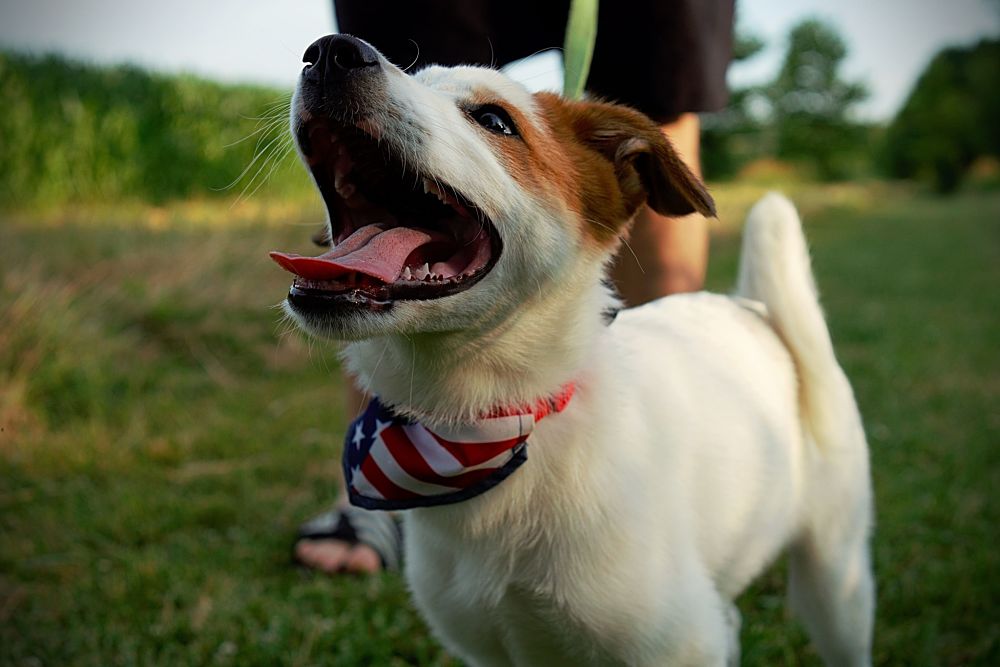



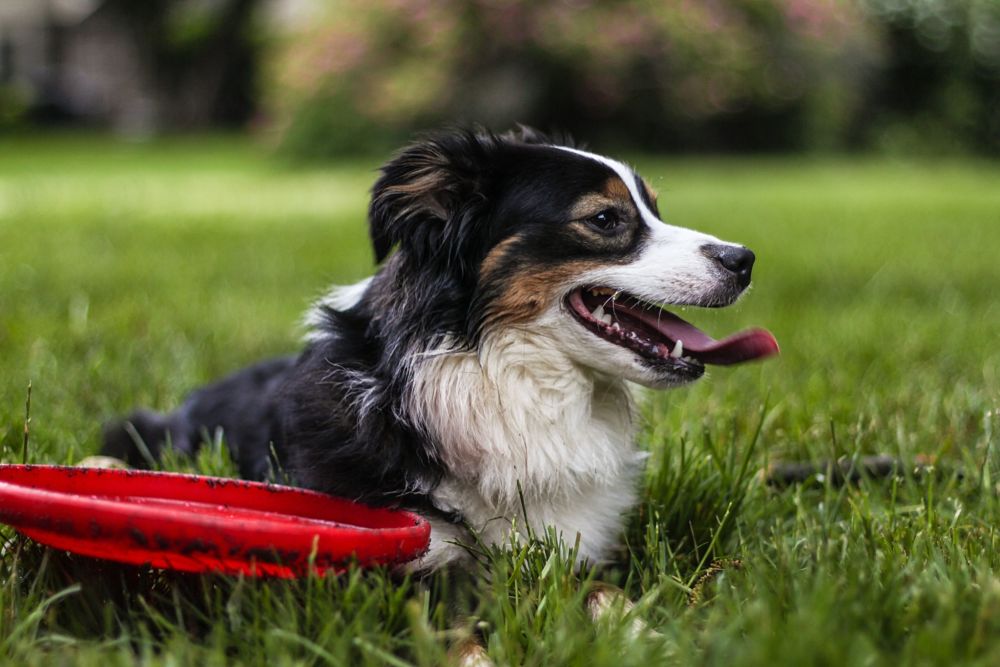



.jpg)


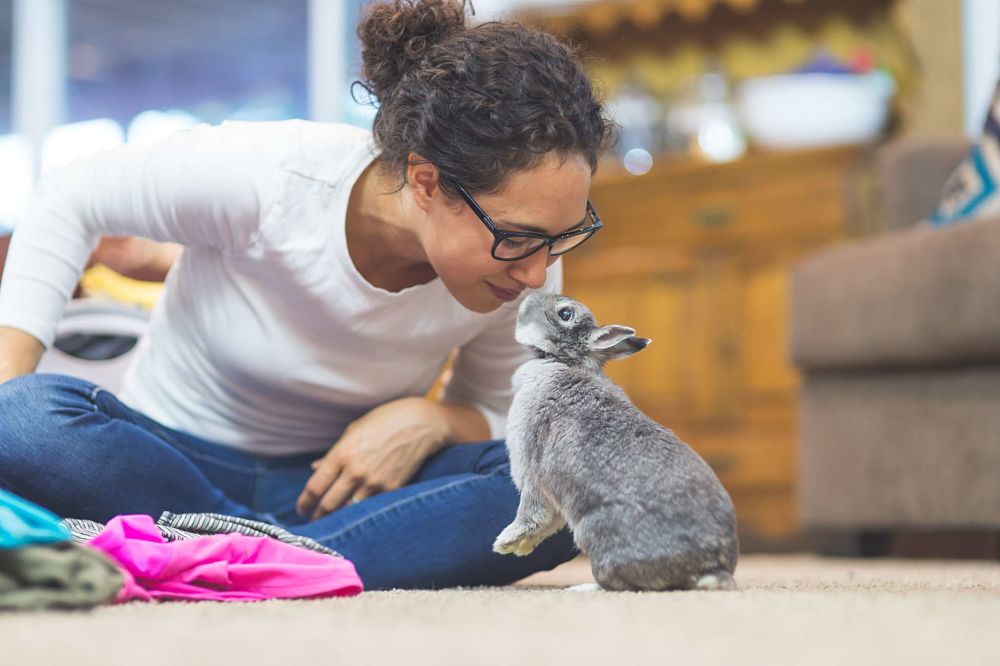






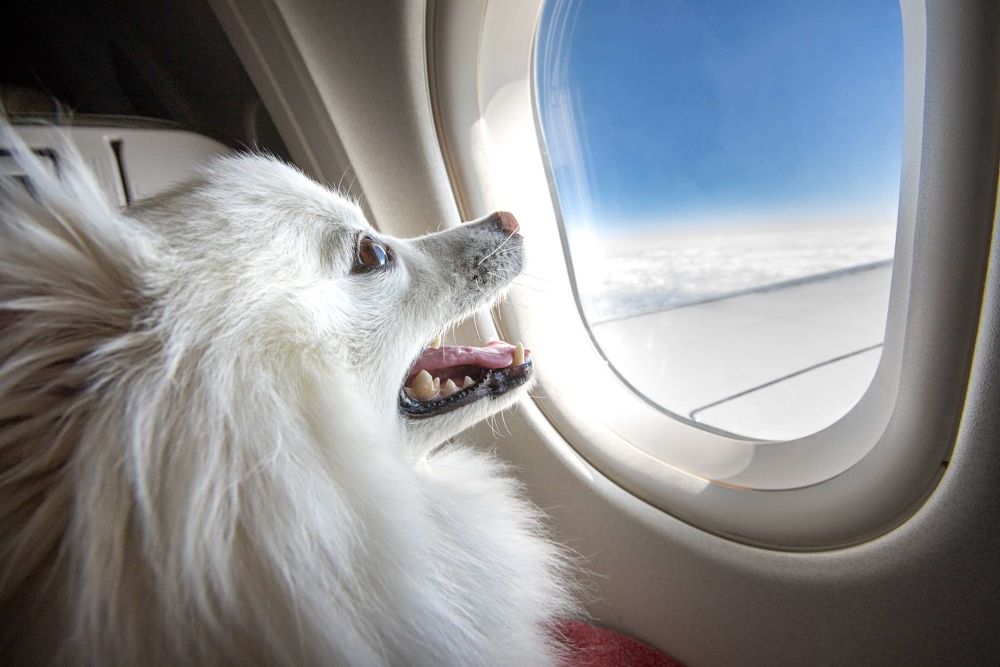



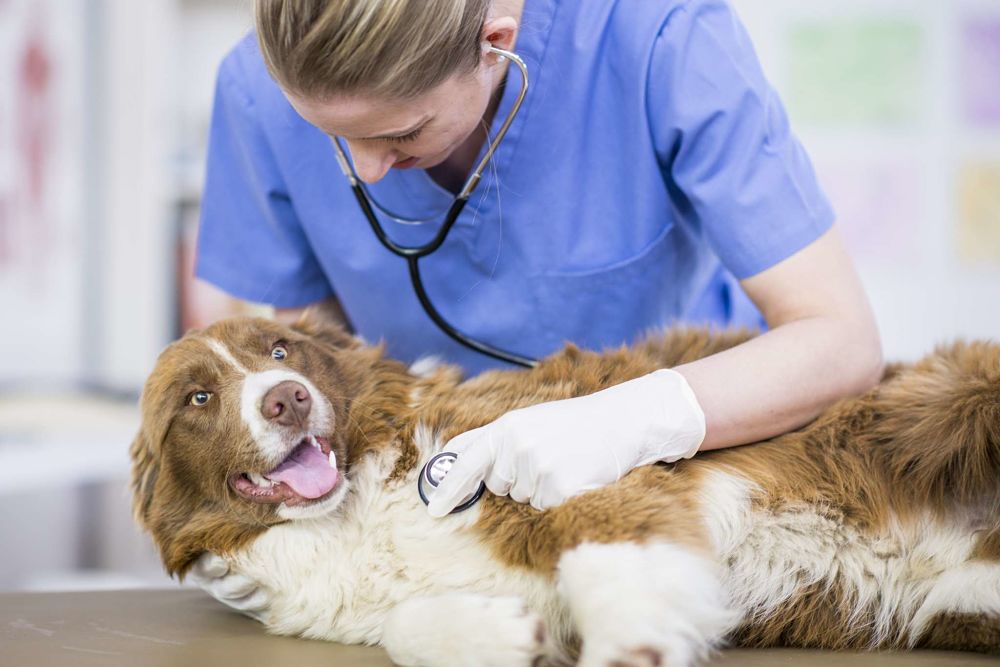





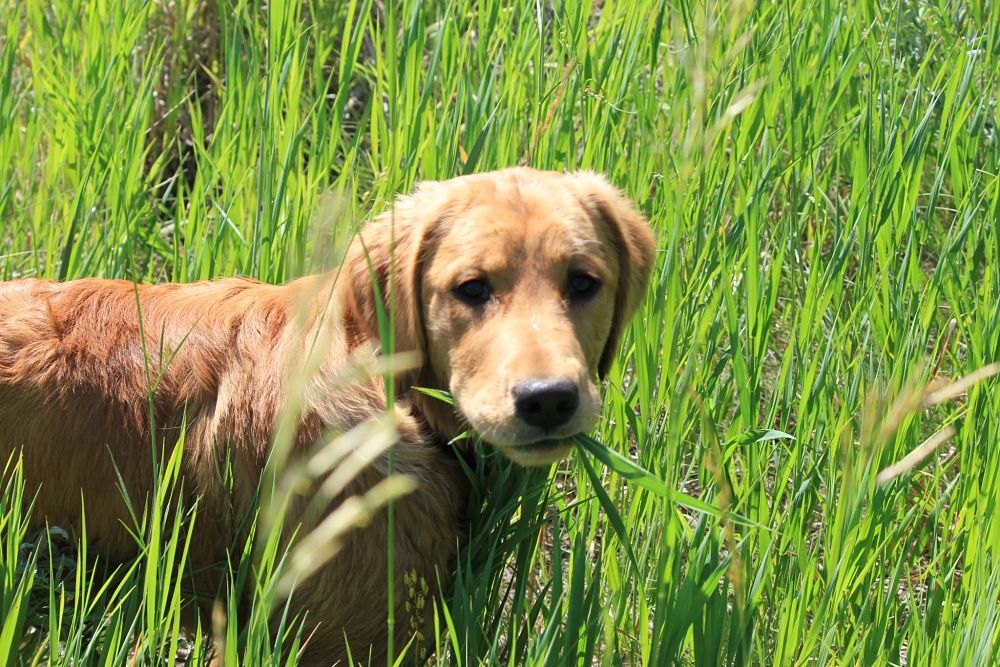
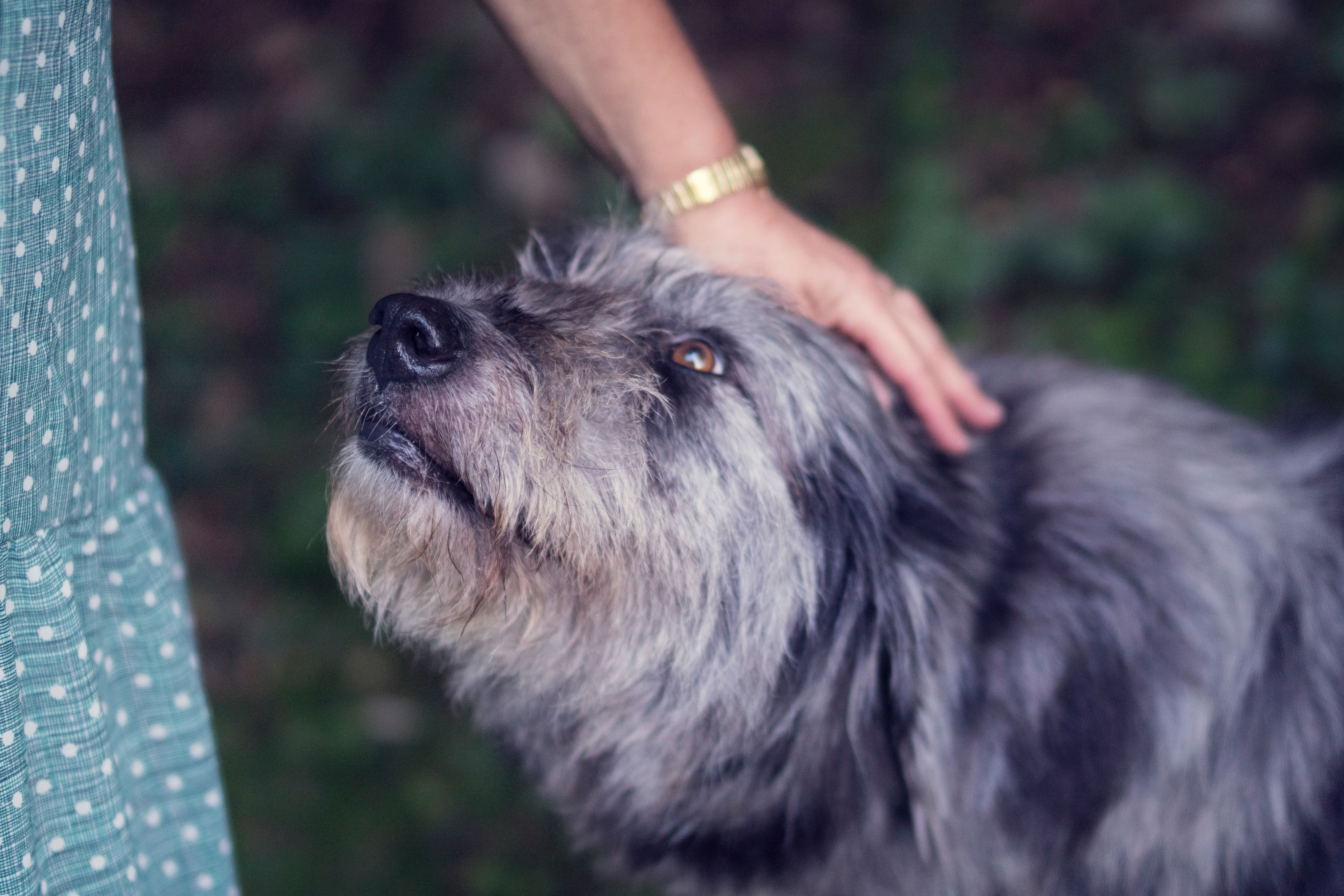

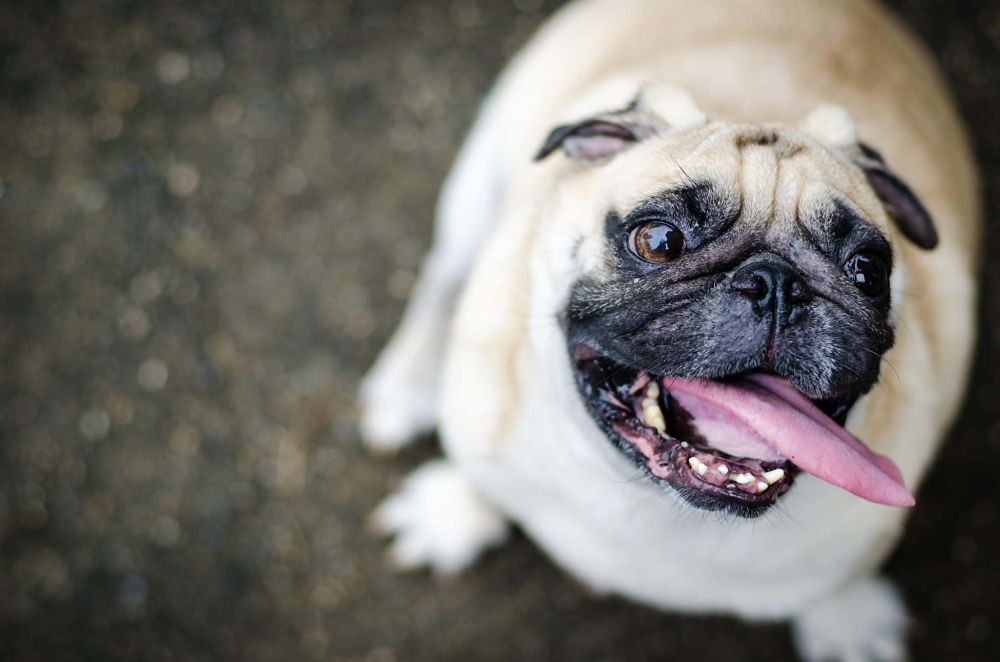


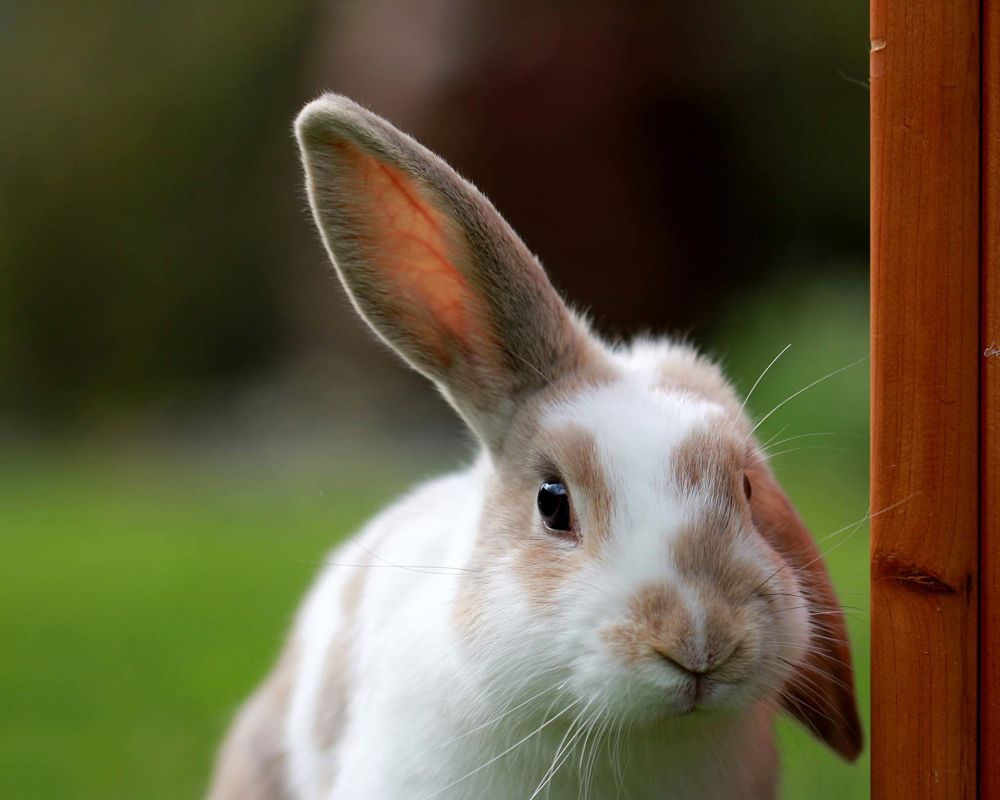
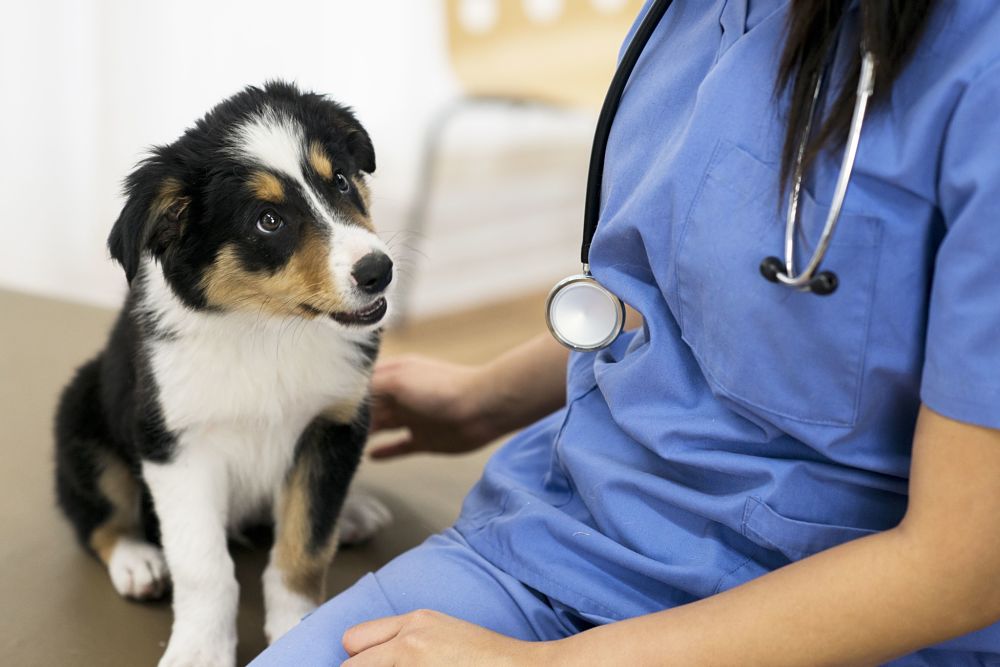

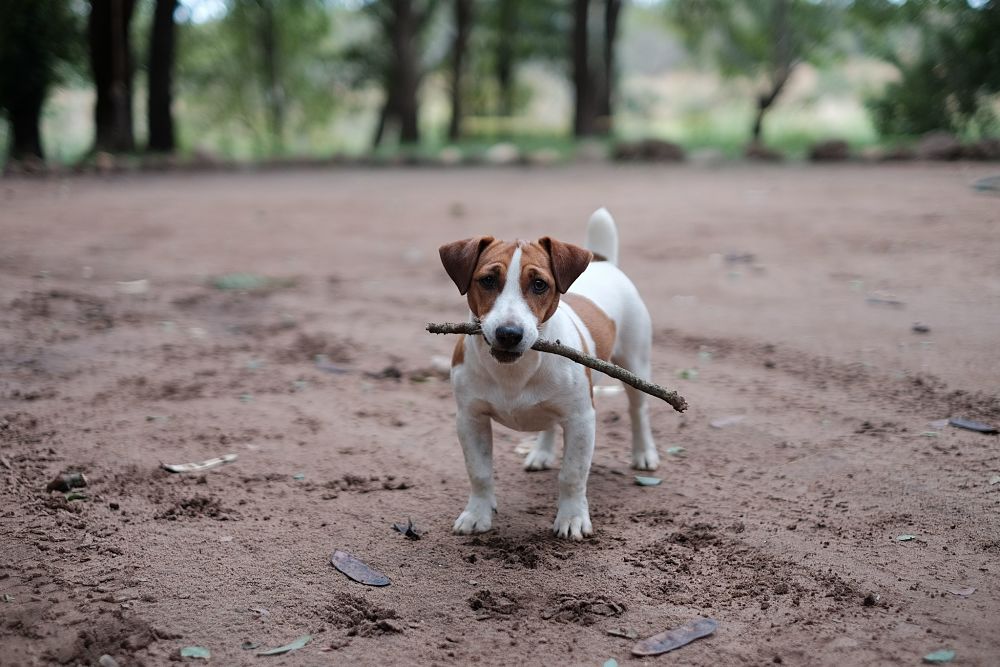






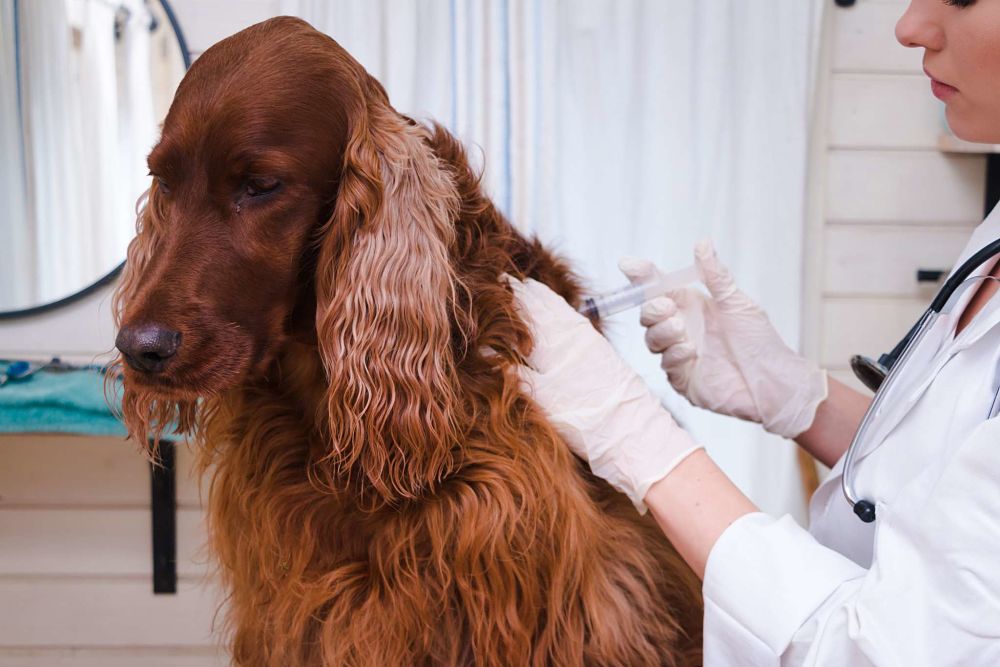



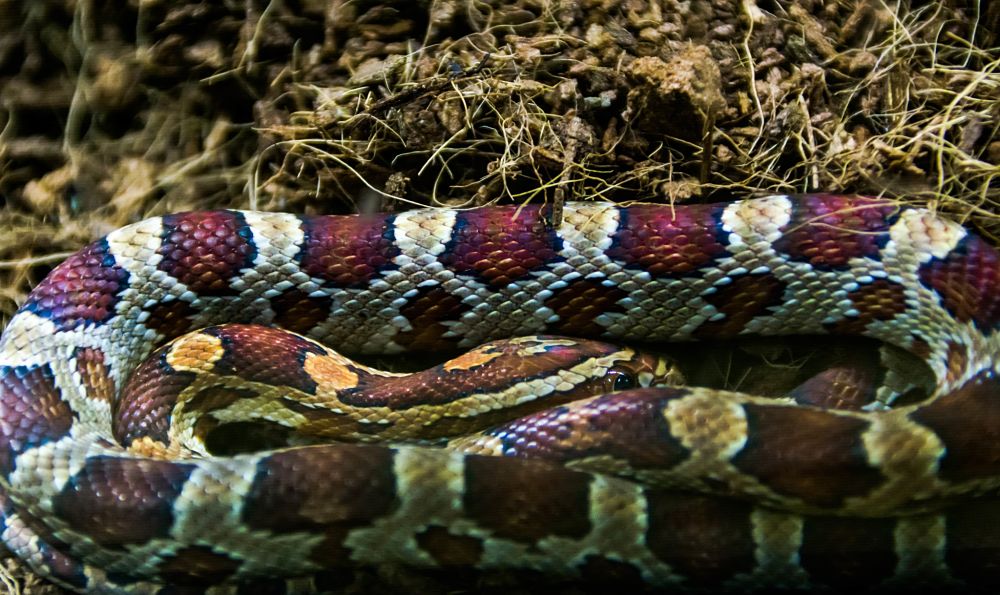
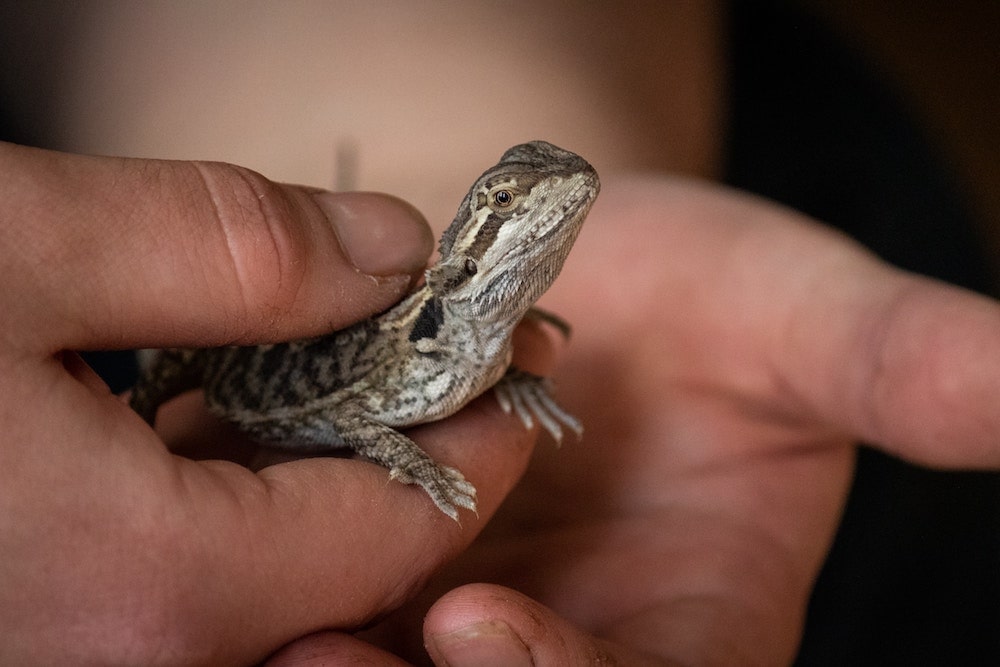

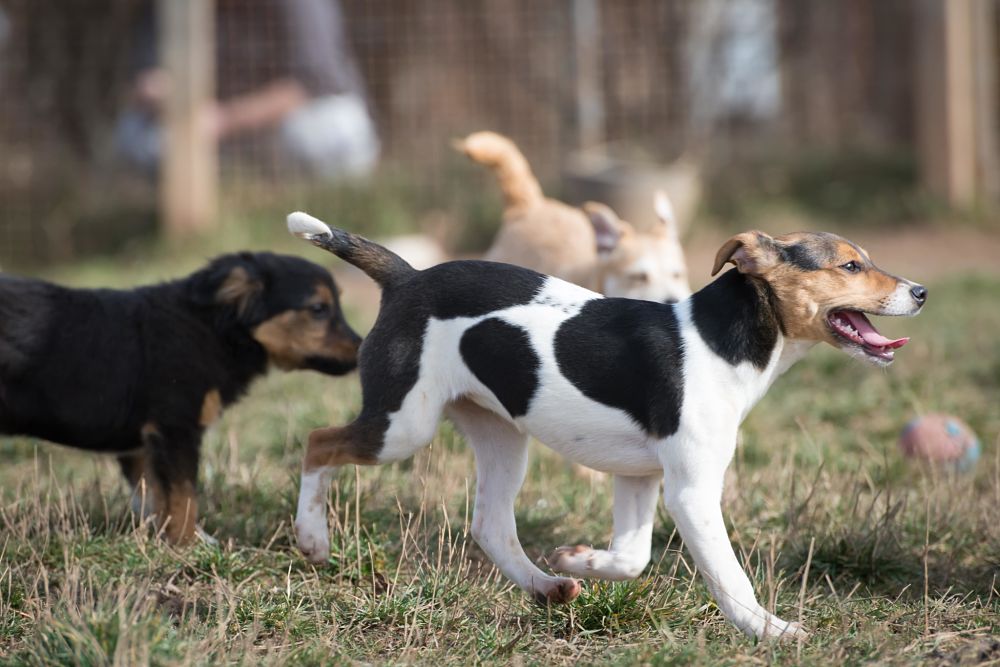





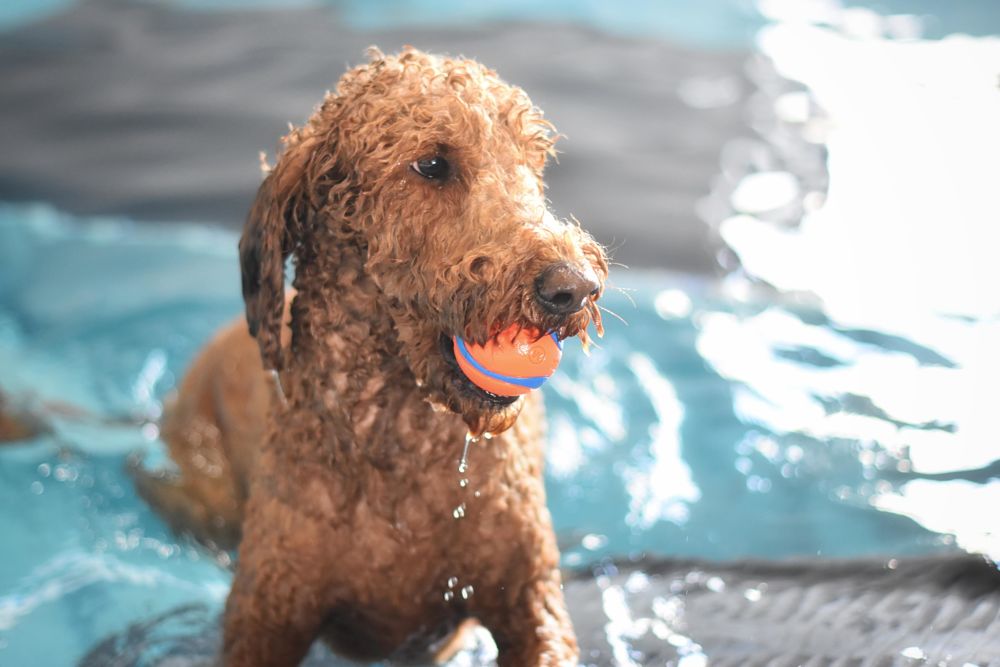




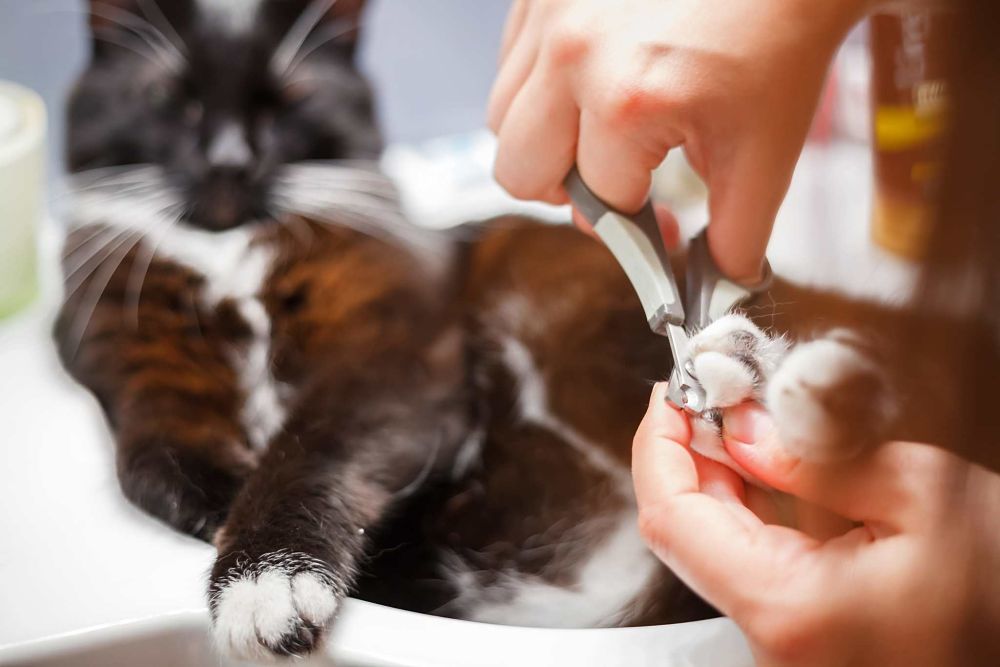
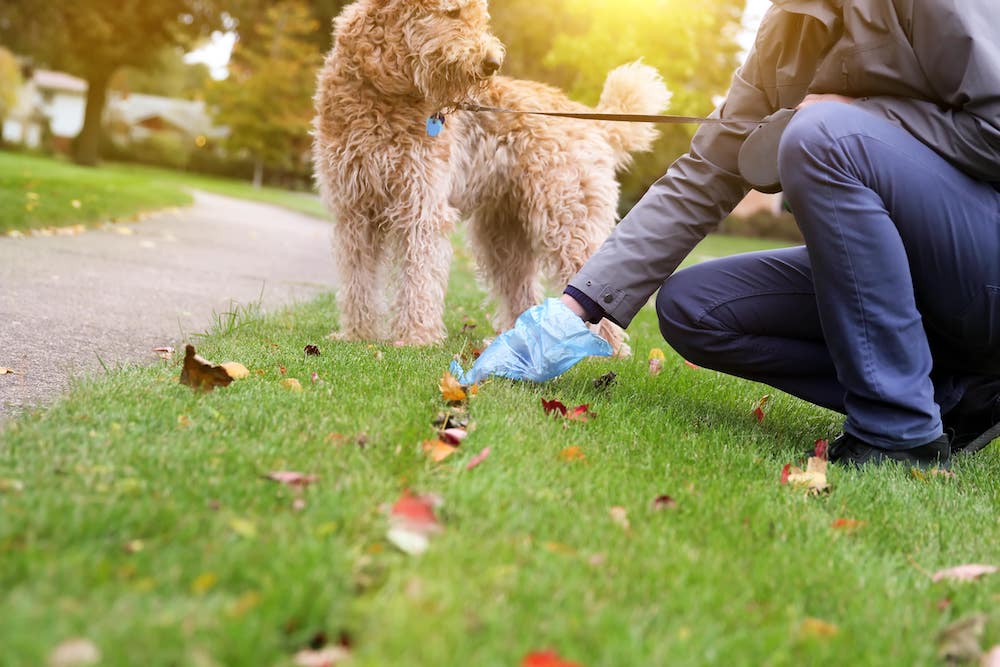
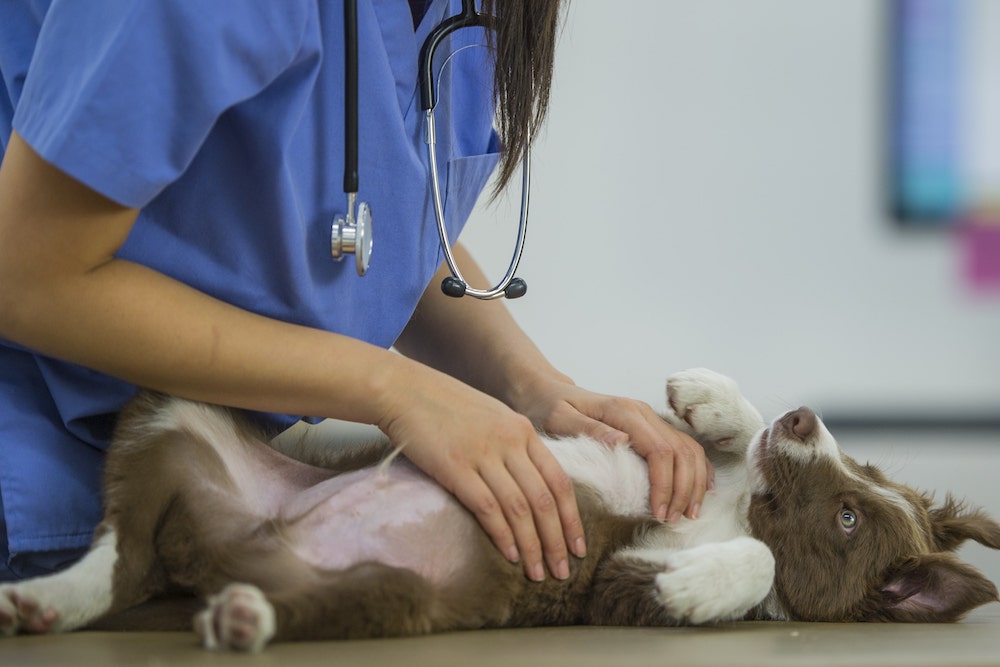
.jpg)


